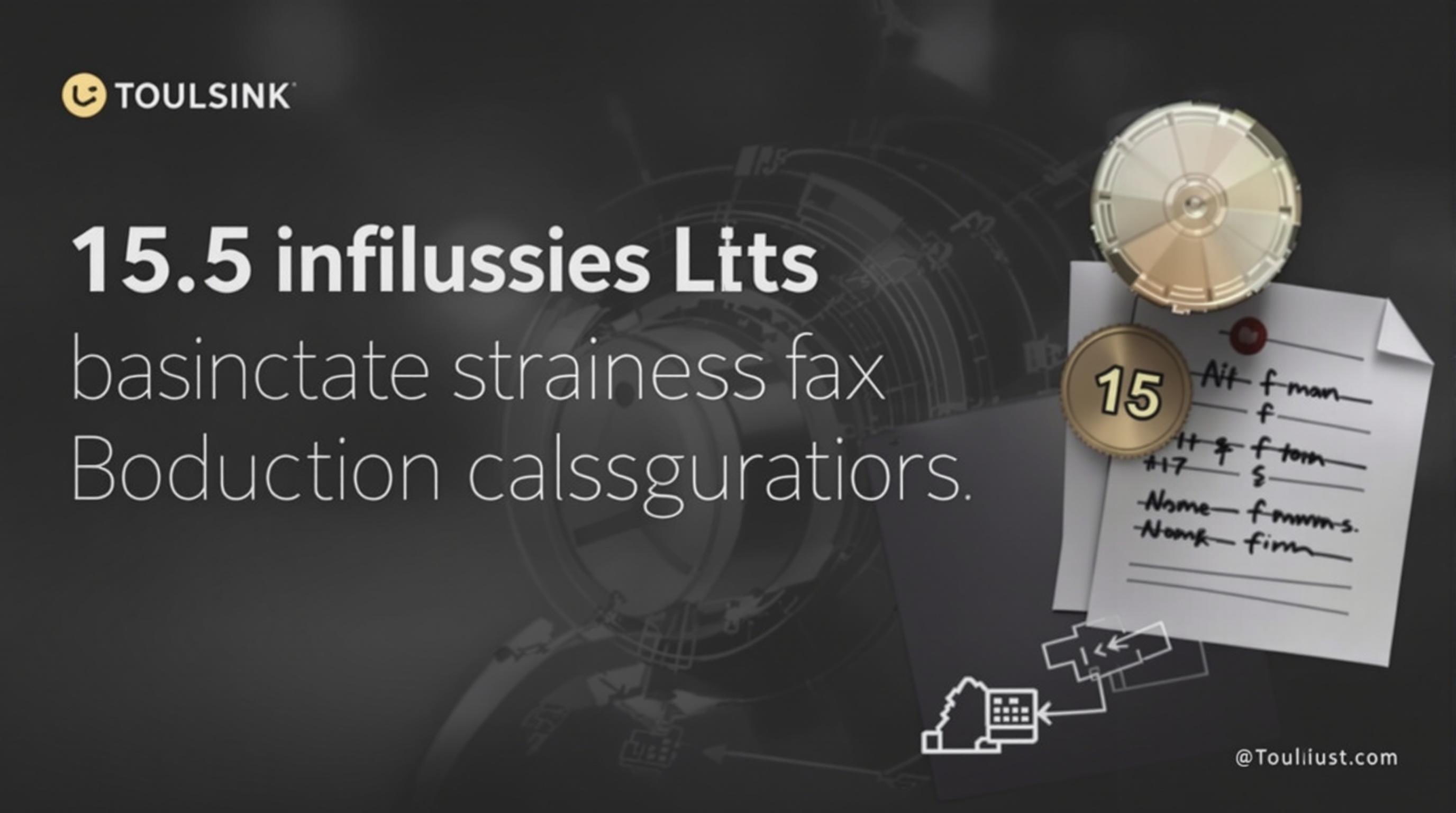Related Articles
- How Emotional Spending Biases in Leadership Can Influence Company Financial Transparency and Accountability
- Unveiling the Role of Employee Psychology in Shaping Unexpected Business Budget Outcomes
- Top 6 Disruptive Invoice Platforms Launched Since 2019 Tackling Automation Bottlenecks in Unconventional Ways
- Top 6 Smart Accounting Softwares Since 2019 That Revolutionize Tracking Business Tax Write-Offs
- The Rise of Biometric Authentication in Digital Finance: A New Frontier for Secure Business Transactions
- How Small Nonprofits Leverage Alternative Finance Tools to Navigate Accounting Challenges Off the Radar
15 Innovative Business Tax Deduction Strategies That Most Companies Miss but Could Dramatically Boost Your Savings
15 Innovative Business Tax Deduction Strategies That Most Companies Miss but Could Dramatically Boost Your Savings
15 Innovative Business Tax Deduction Strategies That Most Companies Miss but Could Dramatically Boost Your Savings
1. Home Office Deduction Beyond Basics
Many businesses overlook the full potential of the home office deduction by only claiming the standard area-based calculation. However, tracking and including additional expenses like a portion of utilities, internet costs, and even maintenance can add significantly to your deductible amount. A dedicated workspace qualifies, but the key is detailed documentation to support your claim.
Furthermore, the IRS allows both a simplified method and an actual expense method for the home office deduction. Smart taxpayers often choose the latter to maximize savings by allocating shared expenses proportionally. This strategy works especially well for freelancers, startups, and small business owners who use their home as a business hub.
By leveraging a comprehensive approach to the home office deduction, companies can recover costs they might have overlooked otherwise. Resources like IRS Publication 587 provide guidance on what qualifies, so always consult or work with a tax professional to optimize this deduction safely.
2. Vehicle Expense Deductions Using Actual Costs
Business owners commonly choose the standard mileage rate for vehicle deductions, but this isn’t always the most advantageous route. Calculating actual vehicle expenses—including gas, insurance, repairs, and depreciation—may yield higher deductible amounts if you maintain detailed records.
To implement this, keep thorough logs of all business-related vehicle use alongside receipts and invoices for expenses. This method requires more effort but can increase your deduction substantially, especially for companies with high vehicle usage or costly vehicle maintenance.
IRS Publication 463 provides detailed rules and examples to help determine the best method for your business. Analyzing by year and vehicle will help identify when actual cost deductions surpass the standard mileage deduction.
3. Retiring Employees and Health Reimbursement Arrangements (HRAs)
Many companies fail to leverage Health Reimbursement Arrangements (HRAs) in conjunction with retiring employees. These arrangements allow businesses to reimburse retirees for medical expenses tax-free, providing savings and enhanced benefits to the workforce.
Establishing an HRA arrangement can reduce taxable income for businesses while supporting former employees’ healthcare costs. It requires careful compliance with IRS rules but can be a strategic tool for competitive benefits and tax efficiency.
IRS Notice 2013-54 and subsequent guidance explain HRA setups. Small and mid-sized businesses can particularly benefit by combining HRAs with group health plans or Medicare benefits for retirees.
4. Research and Development (R&D) Expense Capitalization
Many companies miss out on accelerating tax benefits through the capitalization of R&D expenses. Rather than expensing all research costs immediately, some businesses can elect to capitalize and amortize certain development costs over time, affecting profit margins and taxable income strategically.
Additionally, the IRS offers R&D tax credits that offset taxes directly. Combining proper capitalization with credit claims results in optimized tax planning and improved cash flow.
IRS Form 6765 and Section 174 of the IRS code detail R&D treatment options. Engaging specialized tax advisors ensures comprehensive compliance and maximized deductions for innovation-driven businesses.
5. Maximizing Section 179 and Bonus Depreciation
Section 179 allows businesses to deduct the full purchase price of qualifying equipment immediately, but many companies underutilize this benefit by applying outdated figures or ignoring eligible property. Bonus depreciation, meanwhile, can be applied to new and used properties, further increasing deductions.
Combining these strategies requires thoughtful year-end planning and asset classification. Some small businesses can write off entire equipment purchases in the year of acquisition, dramatically reducing taxable income.
The IRS provides annual limits and eligibility rules that must be adhered to, as detailed in IRS Publication 946. Working with tax professionals ensures proper application to avoid costly mistakes.
6. Leveraging Section 199A Qualified Business Income Deduction
The Section 199A deduction offers up to 20% off qualified business income for certain non-corporate taxpayers, yet many businesses fail to fully capitalize due to misconceptions or insufficient tax planning. Proper income categorization and wage or property basis analysis are critical to maximize this deduction.
Businesses structured as sole proprietorships, partnerships, S corporations, and some trusts qualify, but the calculation is complex. Strategic adjustments in business structure or compensation can increase eligibility and benefits.
IRS guidance and recent court rulings clarify many complexities. Leveraging Section 199A effectively often requires expert tax consultation to navigate limitations and maximize savings.
7. Deducting Startup and Organizational Costs Over Time
Many new businesses incorrectly expense startup and organizational costs entirely in the first year. The IRS permits you to deduct up to $5,000 in startup costs and organizational expenses in the first year, with the remainder amortized over 15 years. However, failing to elect or apply this properly can miss tax savings.
Choosing to amortize costs can better align expenses with income over time, smoothing tax burdens and improving financial planning. Be sure to identify all preliminary and organizational expenses carefully and maintain robust records.
IRS Publication 535 outlines these rules in detail. Proactive treatment of these costs is essential for startups to sustain healthier cash flow during initial growth years.
8. Utilizing Retirement Plan Contributions for Tax Efficiency
While many businesses contribute to retirement plans, not all leverage the full range of contributions permitted by law. Increasing employer contributions to qualified plans such as SEP IRAs, SIMPLE IRAs, or 401(k)s can provide immediate tax deductions and promote employee retention.
Additionally, employing multiple retirement plan options tailored to business size and income can enhance deductions. This strategy requires annual review to adjust contributions in line with evolving tax codes.
IRS Publication 560 details contribution limits and plan types. Engaging a financial advisor experienced with retirement plans can help optimize plans for maximum tax and employee benefit impact.
9. Advertising and Promotion Expenses Beyond the Usual
Many companies limit deductions to direct advertising costs but miss opportunities to deduct related expenses such as market research, branding consulting, sponsorships, and client entertainment that qualifies under IRS guidelines. Proper categorization and documentation matter.
Including digital advertising spend, website development, and social media promotion in deductible expenses can also increase the tax benefit. The IRS generally allows current deductions for ordinary and necessary advertising costs, but knowing specifics avoids reclassification as capital expenses.
IRS Publication 535 provides guidance on advertising expenses. Staying current on evolving marketing platforms and tax law can enable businesses to capture comprehensive deductions.
10. Taking Advantage of Work Opportunity Tax Credit (WOTC)
The Work Opportunity Tax Credit incentivizes businesses to hire individuals from certain targeted groups by offering a tax credit rather than a deduction. Many companies overlook this incentive, missing a direct reduction in tax liability for qualified hires.
Qualifying groups include veterans, long-term unemployed individuals, and others facing employment barriers. Proper documentation and timely IRS form submissions are required to claim the credit.
The IRS and Department of Labor provide resources for WOTC applications. Businesses with hiring needs should assess eligibility frequently to capitalize on this valuable tax credit, effectively reducing hiring costs while benefiting the community.


